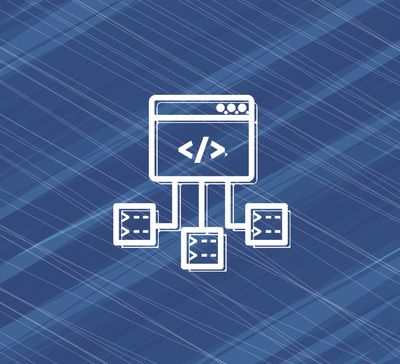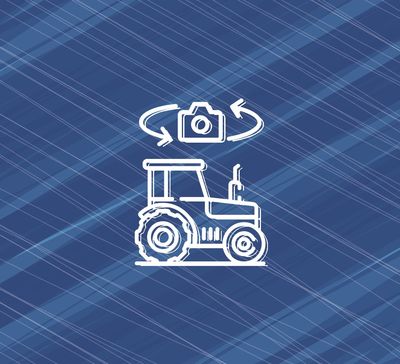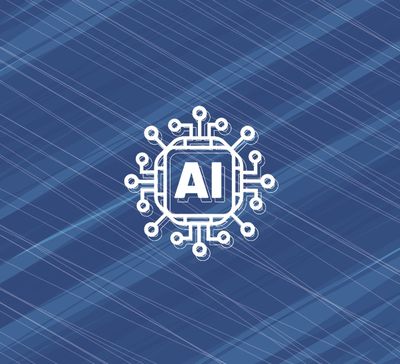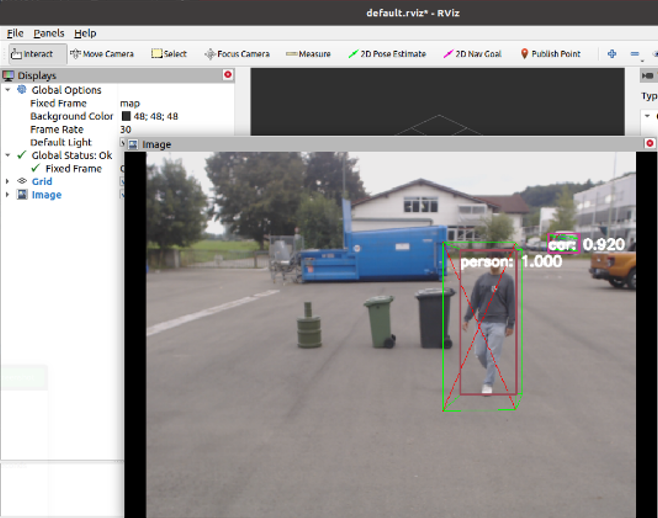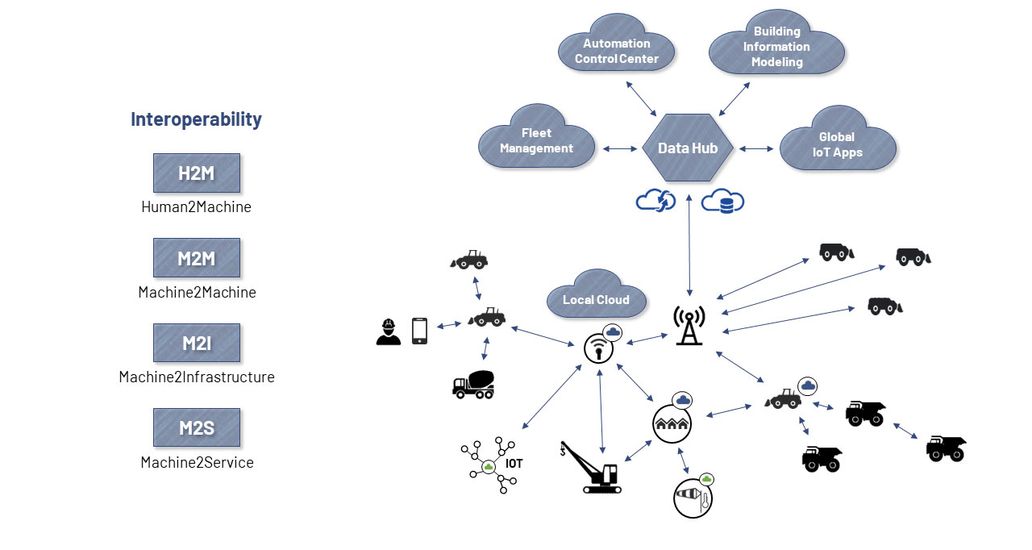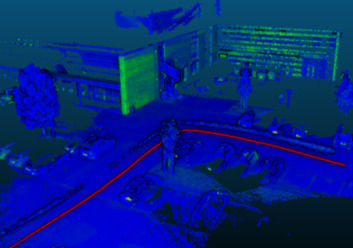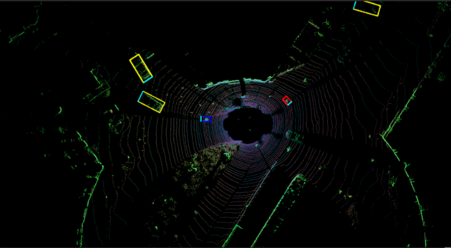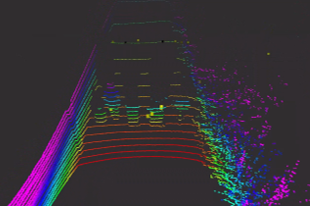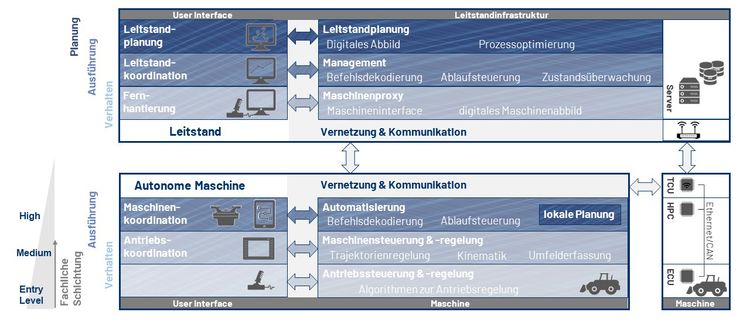Introducing new Technologies to mobile Machines
As a leader in innovation, STW is furthering the development of mobile machines as mobile machines become smarter and more efficient. In order to meet the future demands of the agricultural, construction, forestry and municipal industries, machines are needed that operate as independently and efficiently as possible.
To meet this need, at STW we are actively engaged in innovation scouting, examining technologies from leading industries for their potential use in mobile machines. STW customers benefit from an optimized development process of innovative products that combine maximum performance with cutting-edge technologies. Machine manufacturers can realize potential competitive advantages such as better assistance systems, greater comfort, and more process efficiency with a fast time-to-market.
STW is countering the increasing complexity of the electrical and electronic (E/E) architecture and the large volume of data streams in highly automated machines through the transfer of solutions and standards from areas outside the industry, for example, the introduction of more comprehensive and faster data transmission standards, both wired and wireless.
STW is conducting research and development with these enabler technologies, which we believe are essential for the future of highly automated vehicles
Automation Frameworks
Increasing complexity in the field of machine control demands innovative solutions. Especially the development of highly automated machines requires a large investment in software.
Software frameworks reduce the effort associated with implementing highly automated vehicle solutions. The development process is supported with useful functions for the visualization of the environment sensors in the working machine, and with additional tools for the implementation and simulation of the application. The time-to-market can be significantly reduced. Additional, configurable software packages bring further functionality to the frameworks, and particularly the development of new case studies can be realized with significantly less effort.
We advise machine manufacturers on the benefits and usability of highly automated applications and support them in the development, with STW components and those from ECO-System partners.
With support for common automation frameworks such as ROS (Robot Operating System) and, in the future, ROS2, our components already offer outstanding potential for rapid prototyping. Using our hardware platforms, combined with our software expertise, and further adaptations of the frameworks, we accompany machine manufacturers from prototype development to the successful introduction of machines into series production.
Connectivity & Onboard Communication
A central aspect of the growing complexity of mobile machines is communication. On vehicles of the future, almost all components will communicate digitally with each other. In addition, the machine will be in constant exchange with external control and monitoring systems, such as control centers or cloud platforms. Efficient and powerful data processing and transmission solutions are needed here.
Communication on the machine
In order for mobile machines to be able to work and drive autonomously, high-performance environmental sensors are needed. This generates enormous amounts of data - especially camera-based data - for which current communication standards such as CAN are not designed. IP-based communication can be the solution here. Various protocol stacks make it possible to transmit time-critical and safety-related data via an Ethernet bus. This time-sensitive communication is necessary, for example, in brake assistance systems or for collision avoidance in autonomous machine operation.
Depending on the application, the requirements for the communication network on the machine can significantly vary. The right choice of protocol stacks plays an essential role in achieving the optimum balance between performance and cost.
STW identifies the components shown in the diagram as potentially pioneering future technologies for wired communication on the mobile machine (based on the OSI layer model).
Communication with external systems
Extensions to the available network and WLAN standards, such as 5G NextGen, can significantly expand the possibilities of mobile machines. The combination of low latency and extended transmission speed enables the implementation of previously unrealizable functionalities. By using V2X standards (C-V2x, 802.11p), machines can be connected to other machines, infrastructure, cloud services and humans.
Perception
The more complex the machine application, the more difficult it becomes for the machine operator to maintain an overview of all relevant areas around his vehicle. Sensor and camera systems help to make automated processes safe and efficient. The need for environmental monitoring and analysis increases even further with fully autonomous operation.
We use our own test equipment to investigate the possibilities and combinations of different environment sensors; From RGB and NIR cameras to thermal imaging, stereo and time-of-flight cameras, as well as LIDAR and FMCW radar sensors.
As a manufacturer of comprehensive automation and networking products, we analyze not only the sensor technology, but the complete data processing chain: From sensor technology and the selection of suitable interfaces to the development and implementation of algorithms for the detection and classification of objects and obstacles. We derive the requirements for our future hardware from these findings, to offer the best possible hardware products for the implementation of complex environment detection in automated mobile machines.
Artificial Intelligence
In autonomous vehicles and mobile robotics, but also for operator assistance systems, artificial intelligence will play a decisive role in the market success of the various concepts. Self-driving and working machines must be able to reliably recognize objects in their environment and identify and process relevant information. Action suggestions for the operator, or autonomous decisions, have to be derived from this information. Artificial intelligence or, more precisely, specifically trained neural networks can map these capabilities and provide real added value for the operator or automation system.
Together with experts from the STW ECO system, we offer support as a partner for the integration of AI-supported systems on machines and vehicles. Based on our extensive experience in the development of hardware and software for automation, we provide a workflow that accelerates and simplifies the development and implementation of complex, bespoke systems. We already support the following AI frameworks and computer vision libraries:
- TensorFlow
- Caffe
- PyTorch
- OpenCV
- YOLO
Automated control center systems
On the way to fully autonomous mobile machines, control center guided systems can be a valid intermediate step. Automated tugger trains or swarm robotics, which are controlled and monitored from a control station, have become indispensable in intralogistics and the process industry.
Swarm concepts have been a research and development topic in agriculture for years. In municipal technology, mobile compact robots have great potential for green space maintenance or winter services. Control stations can also be put to good use here. Similar concepts can be realized for construction and forestry.
With expertise drawn from practical experience and from research and development projects with leading research institutes, we support manufacturers of mobile machines in the integration of their machines into control center systems.

